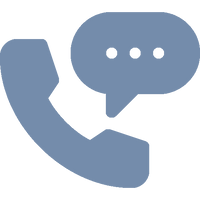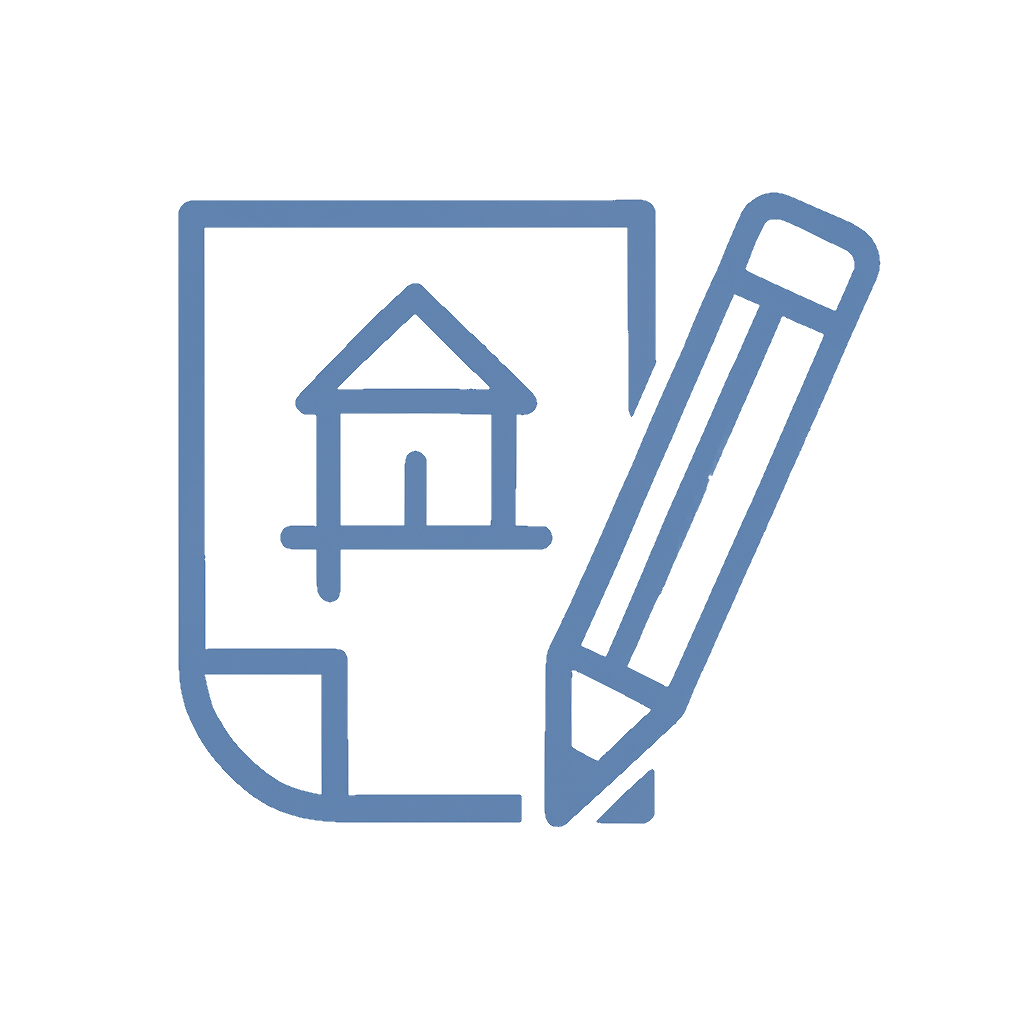📌 Quick Summary
Trying to access your own medical records shouldn't feel like breaking into Fort Knox. This article breaks down how to request, receive, and review your health info—without needing a medical degree or divine intervention.

❓ Common Questions & Answers
Q1: Can I really access my own medical records?
Yes! Under HIPAA, you have the legal right to view, download, and request copies of your medical records. No decoder ring required.
Q2: What do I need to access them?
Typically, a written request, a valid ID, and possibly a signed medical release form. And maybe a touch of patience.
Q3: Is there a fee involved?
Sometimes. Providers can charge a "reasonable" fee for printing or mailing—but they can't charge you for just viewing them online.
Q4: How long does it take to get them?
Healthcare providers have 30 days to respond to your request. Yes, it's slower than your Amazon Prime order.
Q5: Can I access them online?
Often, yes. Many providers use electronic health record (EHR) portals where you can log in and download your info directly.

📜 Step-by-Step Guide
1. Know Your Rights
Familiarize yourself with HIPAA laws—these grant you access to your own health data. Knowledge is power (and paperwork).
2. Contact the Provider
Call or email your doctor’s office or hospital’s records department to ask about the process and get the right forms.
3. Fill Out a Request Form
Most institutions require a signed form with your ID attached. Specify what records you want—don’t just say “everything ever.”
4. Choose Your Format
Indicate if you want paper copies, a digital file, a CD (yes, those still exist), or access via an online portal.
5. Follow Up
If you don’t hear back within 30 days, follow up. Politely. Then less politely, if needed.
6. Review and Store Securely
Once received, read through your records and store them securely—encrypted cloud storage or locked file cabinet recommended.
📖 Historical Context
For much of modern medicine’s history, patients were seen but not heard—or shown their charts. Doctors scribbled notes in a language known only to other doctors (and possibly ancient monks), and patients simply nodded along.
Then came the Health Insurance Portability and Accountability Act (HIPAA) in 1996, which revolutionized the playing field by giving patients the legal right to access their own medical records. It was the equivalent of being handed the keys to the castle—except the castle is full of confusing abbreviations and vital signs.
The move to Electronic Health Records (EHRs) in the 2000s further empowered patients. Suddenly, it wasn’t just a dusty file locked in a cabinet; your health history was just a login and password away (theoretically). Unfortunately, while tech has advanced, bureaucracy remains stuck somewhere in 1993.
Today, accessing your medical record is a blend of legal entitlement, digital progress, and persistence. The good news? You don’t need to be a hacker or a hypochondriac to figure it out.

🏢 Business Competition Examples
1. MyChart by Epic Systems
One of the most widely used patient portals, allowing millions to access test results, records, and messages with their providers.
2. Apple Health Records
Apple partnered with healthcare institutions to let users download health records directly to their iPhones—putting charts in your pocket.
3. Ciitizen (now part of Invitae)
A startup focused on helping patients collect, organize, and share their complete medical histories for better care—especially for serious conditions.
4. Health Gorilla
A health data interoperability platform that enables seamless exchange of patient records between systems—no pigeons or floppy disks involved.

💬 Discussion Section
Accessing your medical records should be as easy as checking your credit score or streaming a cat video—but sadly, it’s not always the case. Despite laws, technology, and good intentions, many patients still hit roadblocks when trying to peek behind the medical curtain.
One major issue is interoperability—your orthopedic surgeon’s system doesn’t talk to your primary care doctor’s, which doesn’t talk to your dentist’s EHR. Instead of one clean health history, you’re left with digital breadcrumbs scattered across systems.
Then there's awareness. Many patients don’t even realize they have the right to their own records, or assume it's too complicated to bother. Combine that with intimidating forms, vague processes, and unhelpful front desk staff, and it’s no wonder people give up.
But the benefits are huge: spotting medication errors, tracking chronic conditions, or even discovering forgotten surgeries (yes, really). Empowered patients are better patients. When you have your records, you're not just a name on a chart—you’re a partner in your healthcare.
The solution? Education, simplified access tools, and a cultural shift toward transparency. Until then, grab your clipboard—it’s time to go chart hunting.

⚖️ The Debate
Pro-Access:
Patients should have full, immediate access to all their records. It's their body, their data, and their right. Full transparency leads to better health outcomes and empowers patients to make informed decisions.
Cautionary View:
Some experts worry that unrestricted access—especially to complex test results or raw clinical notes—could cause confusion, anxiety, or misinterpretation. Medical records are written for professionals, not WebMD warriors.

✅ Key Takeaways
-
You have a legal right to access your medical records under HIPAA.
-
Requests usually require a form, ID, and 30 days of waiting.
-
Many providers now offer online portals for easy access.
-
Review your records carefully—you might catch mistakes.
-
Store them securely like any other sensitive personal info.

⚠️ Potential Business Hazards
-
Data breaches during digital delivery or storage.
-
Noncompliance with HIPAA deadlines or format regulations.
-
Miscommunication between providers leading to incomplete records.
-
Cost disputes over what fees are “reasonable” for record delivery.

❌ Myths & Misconceptions
-
“I’m not allowed to see my records.” — Yes, you are. It’s your legal right.
-
“I need a lawyer to request them.” — Nope, just a form and ID.
-
“Only doctors can understand medical records.” — You’d be surprised how much you can understand—and Google helps.
-
“Online portals have everything.” — Not always. Some notes or images may still require a special request.
-
“If I don’t hear back, it means they denied me.” — It could just be a delay. Follow up persistently.
📚 Book & Podcast Recommendations
-
Book: The Patient Will See You Now by Eric Topol – https://www.goodreads.com/book/show/22221169
-
Book: Your Medical Mind by Jerome Groopman – https://www.goodreads.com/book/show/10770116
-
Podcast: An Arm and a Leg – https://armandalegshow.com/
-
Podcast: Healthcare Unfiltered – https://podcasts.apple.com/us/podcast/healthcare-unfiltered/id1552039613
⚖️ Legal Cases
-
Ciox Health v. Azar (2020) – https://www.healthaffairs.org/do/10.1377/forefront.20200124.39690/full/
Challenged limits on third-party access to records. Key for understanding patient data rights. -
Drury v. Baptist Health (2012) – https://casetext.com/case/drury-v-baptist-health
Addressed delays in releasing records and the patient’s right to timely access. -
Webb v. Smart Document Solutions (2006) – https://casetext.com/case/webb-v-smart-doc-solutions
Clarified reasonable fees for copying medical records. -
North Cypress Medical Center v. Gallagher (2018) – https://law.justia.com/cases/texas/first-court-of-appeals/2018/01-16-00204-cv.html
Highlighted transparency in billing and patient access to full records.
📣 Expert Invitation
Have your own medical record horror story or hack? Share it and let’s demystify healthcare together! Visit http://inventiveunicorn.com to connect, contribute, or just complain creatively.

🔚 Wrap-Up Conclusion
Accessing your medical records shouldn’t require a private investigator or an exorcist. With the right know-how (and a sprinkle of persistence), you can take charge of your health data—and maybe even impress your doctor while you’re at it.











